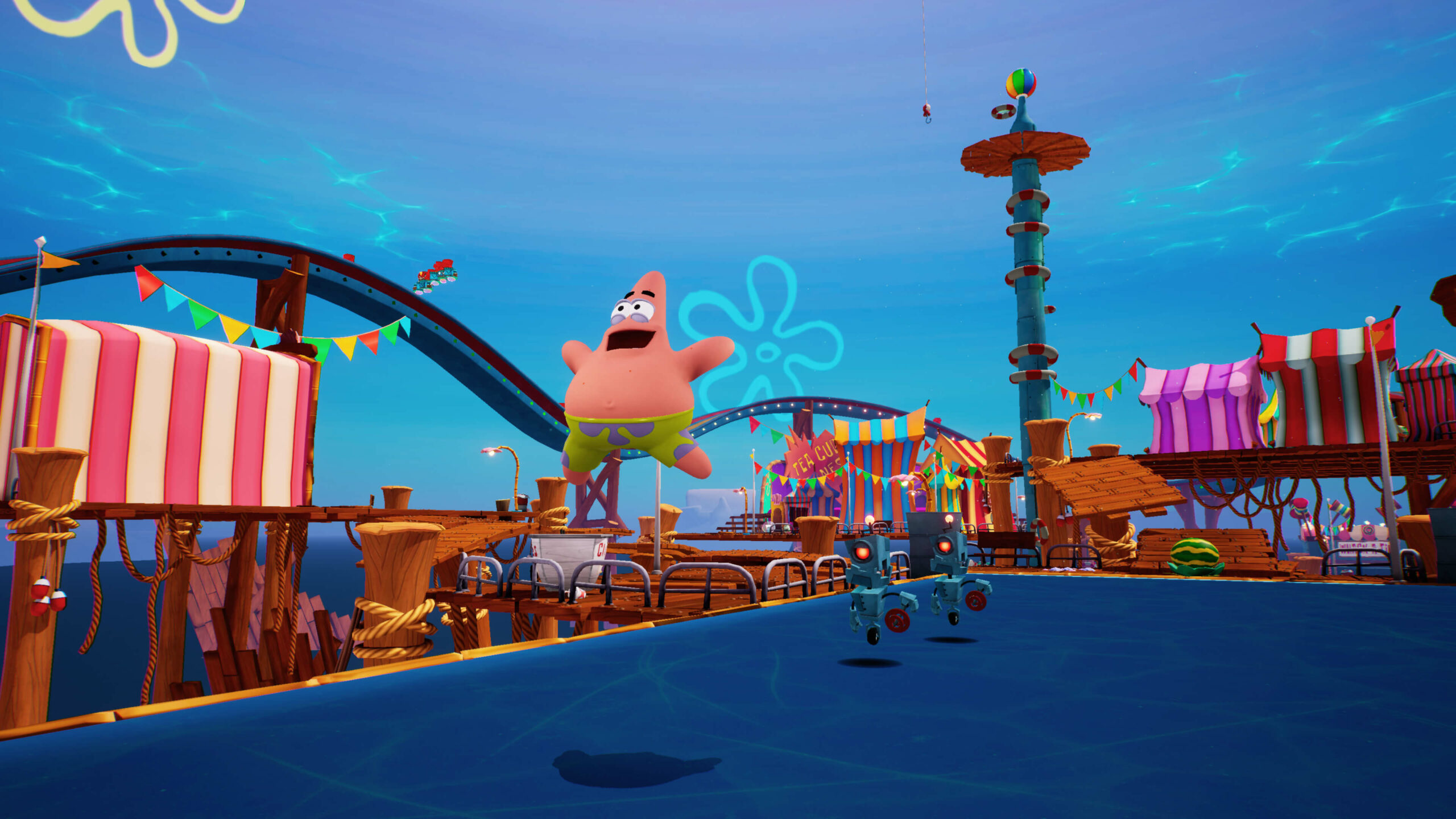
SpongeBob SquarePants: Battle for Bikini Bottom Rehydrated has no right to be as good as it is on Android and iPhone.
The remake of the 2003 kids game runs near-flawlessly on mobile hardware. It's easy to connect to an Xbox One controller, and plays as if it were on console. Actually, reading some of the comments on Reddit, it seems the mobile port performs better than the Nintendo Switch and PC versions. And unlike on PC, mobile players can adjust graphical settings, like resolution, graphical quality and framerate.
- These are the best Bluetooth controllers for Mobile
- Here's our list of the best gaming phones worth buying
- Plus: How to get a fake GPS location for Mobile Legends on Android
For all intents and purposes, Rehydrated on Android and iOS blurs the line between console and mobile. It shows why, for a large portion of the world's population, phones will be the place to play the latest releases.
Playing Rehydrated on my Samsung Galaxy S20 FE, I found the game to run smoothly. At high quality settings and max resolution, it kept a relatively consistent 60 fps. Compare this to the Nintendo Switch version, it's running at double the speed.
Of course, the Nintendo Switch is also running hardware designed in 2015. It's why so many fans are clamoring for a Nintendo Switch Pro.
Regardless, while connected to an Xbox One controller and a Moga phone clip, it felt exactly like playing on any other high-end gaming device. It shows just how quickly mobile graphics technology has advanced, and it's a testament to the team at Handy Games for putting together such a quality port.
Many fans were left dumbfounded as to why the mobile version had adjustable quality settings while the PC version did not. According to Reddit user HG_CHRIS, who claims to be a developer for German studio Handy Games, he said, "players prefer to decide if high fps or graphics are more important for them. Also with so many different settings and devices out there, that's the best option to solve it."
Get instant access to breaking news, the hottest reviews, great deals and helpful tips.
I came to the mobile gaming epiphany later than millions of others. In mobile-first countries like China, India and Brazil, smartphone gaming is the top platform to play the latest releases. It's why games like PUBG, Arena of Valor and Free Fire have have vibrant esports scenes. My late understanding is a symptom of the privilege I have as a member of the press in the West, with easy access to the latest in gaming hardware.
Of course, for many on this side of the globe, their realization of the power of mobile came from Genshin Impact late last year. The free-to-play open-world action RPG showed gamers what their devices were capable of. No longer did they have to play simple puzzle games on the toilet, but they too could go on grandiose adventures akin to The Legend of Zelda: Breath of the Wild.
Genshin Impact brought in almost $800 million in revenue in 2020 alone. It's a remarkable number, considering the game launched in September of last year. While addictive puzzlers still bring in tremendous revenue for bored subway commuters, clearly there's an appetite for console-quality fully voice acted games on phones.
I've still have yet to dive deep into Genshin Impact on my phone, as developer miHoYo has not brought controller support to Android. It is available for iOS, however.
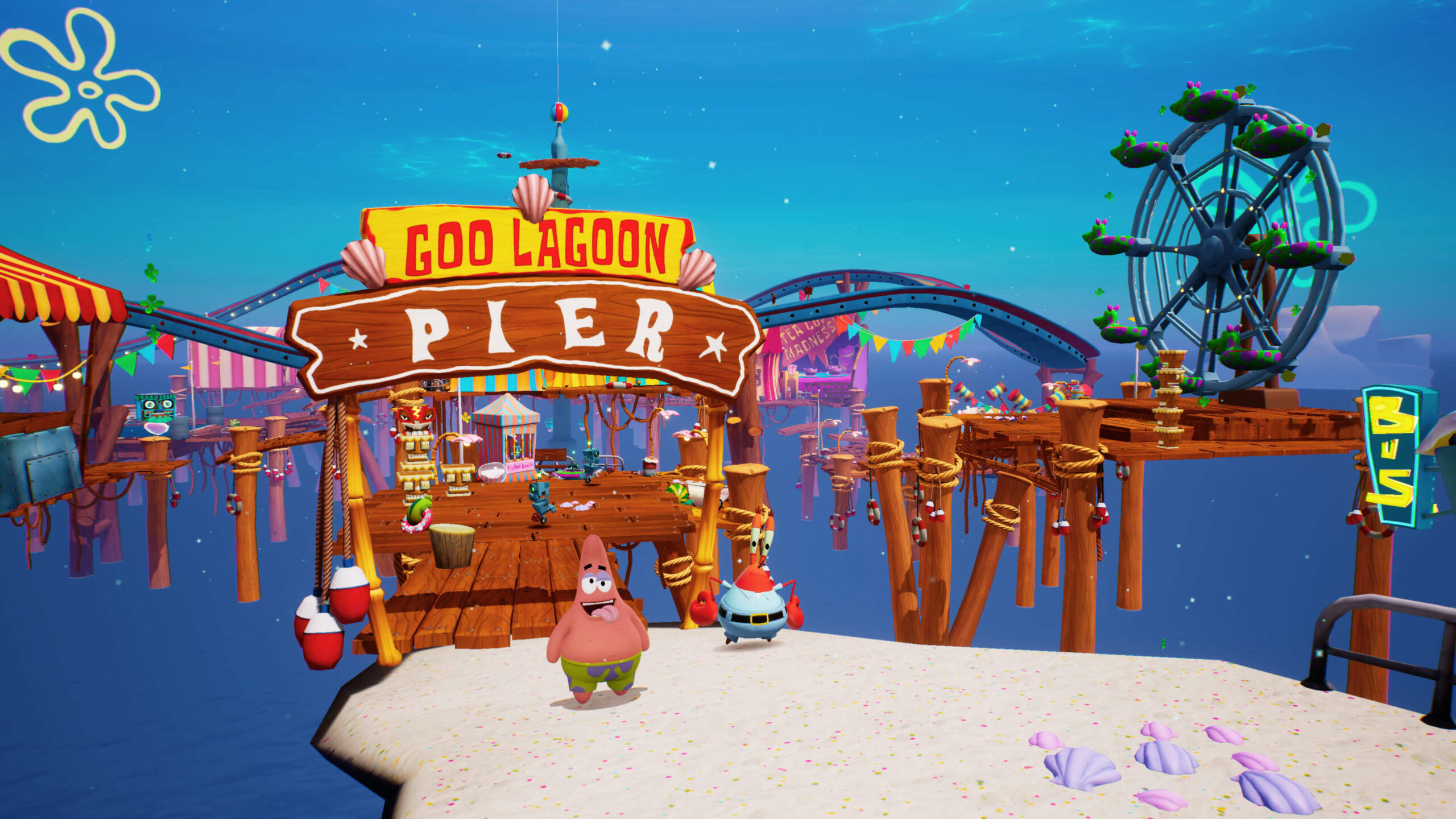
SpongeBob SquarePants: Battle for Bikini Bottom – Rehydrated
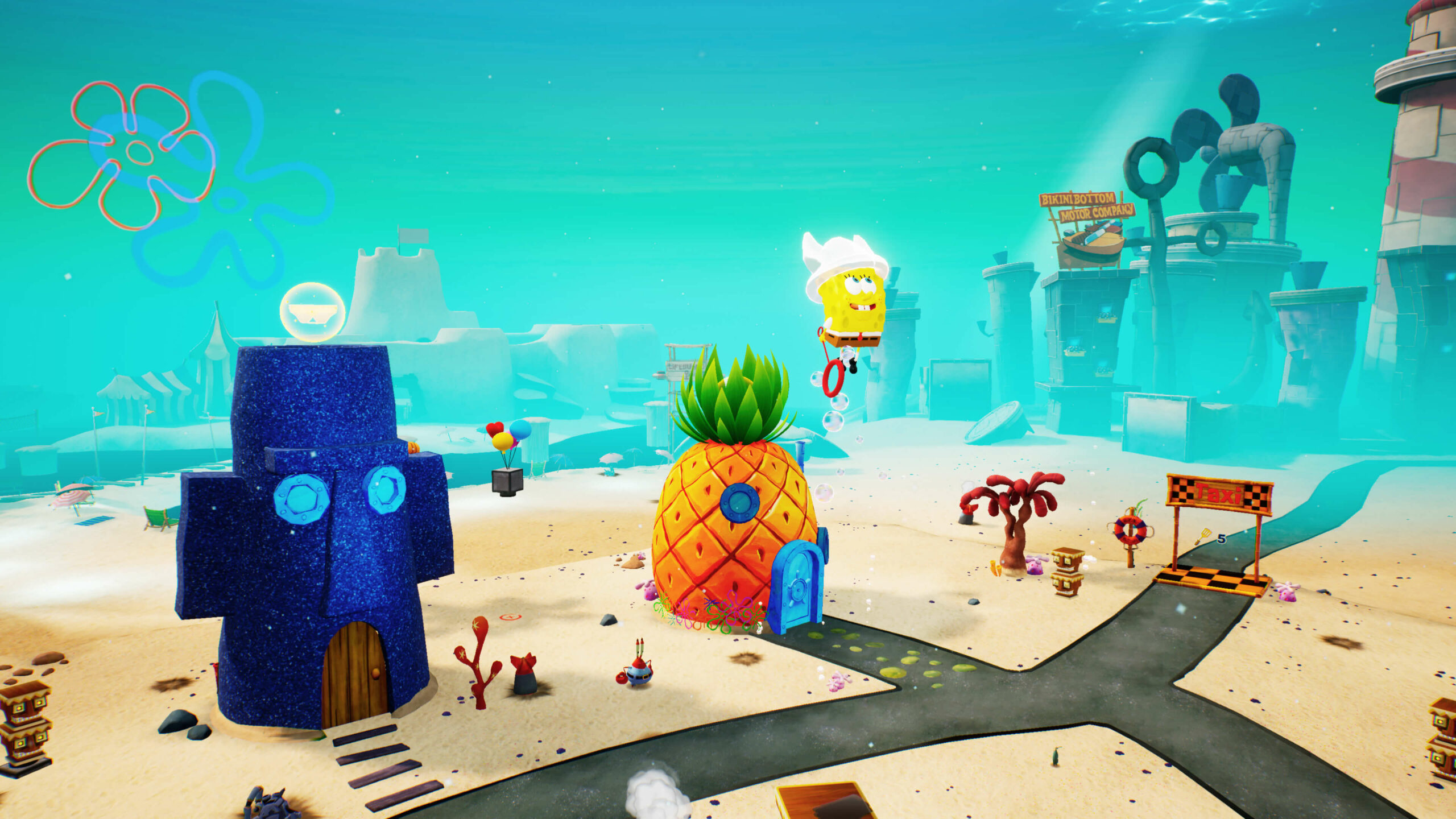
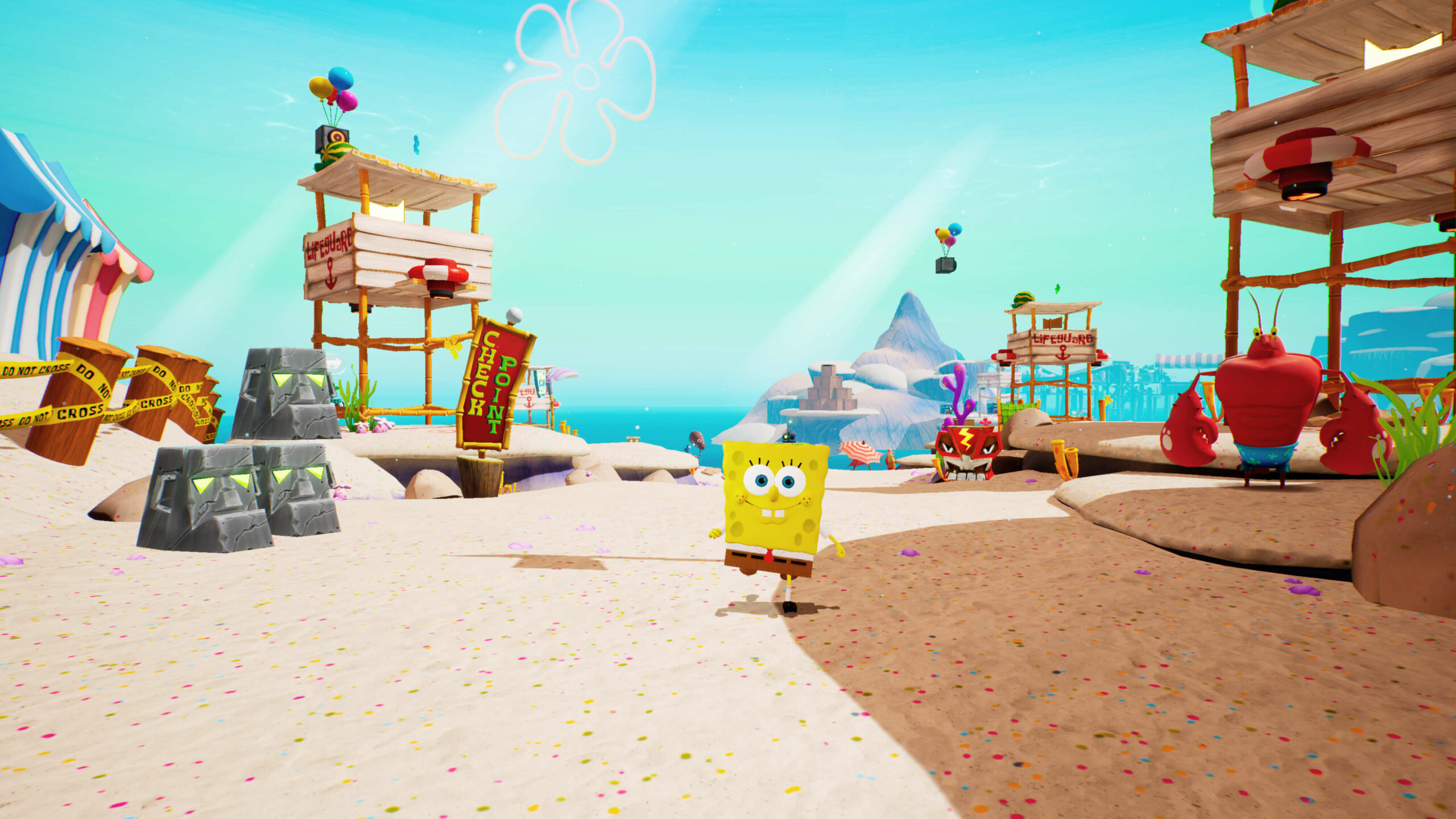
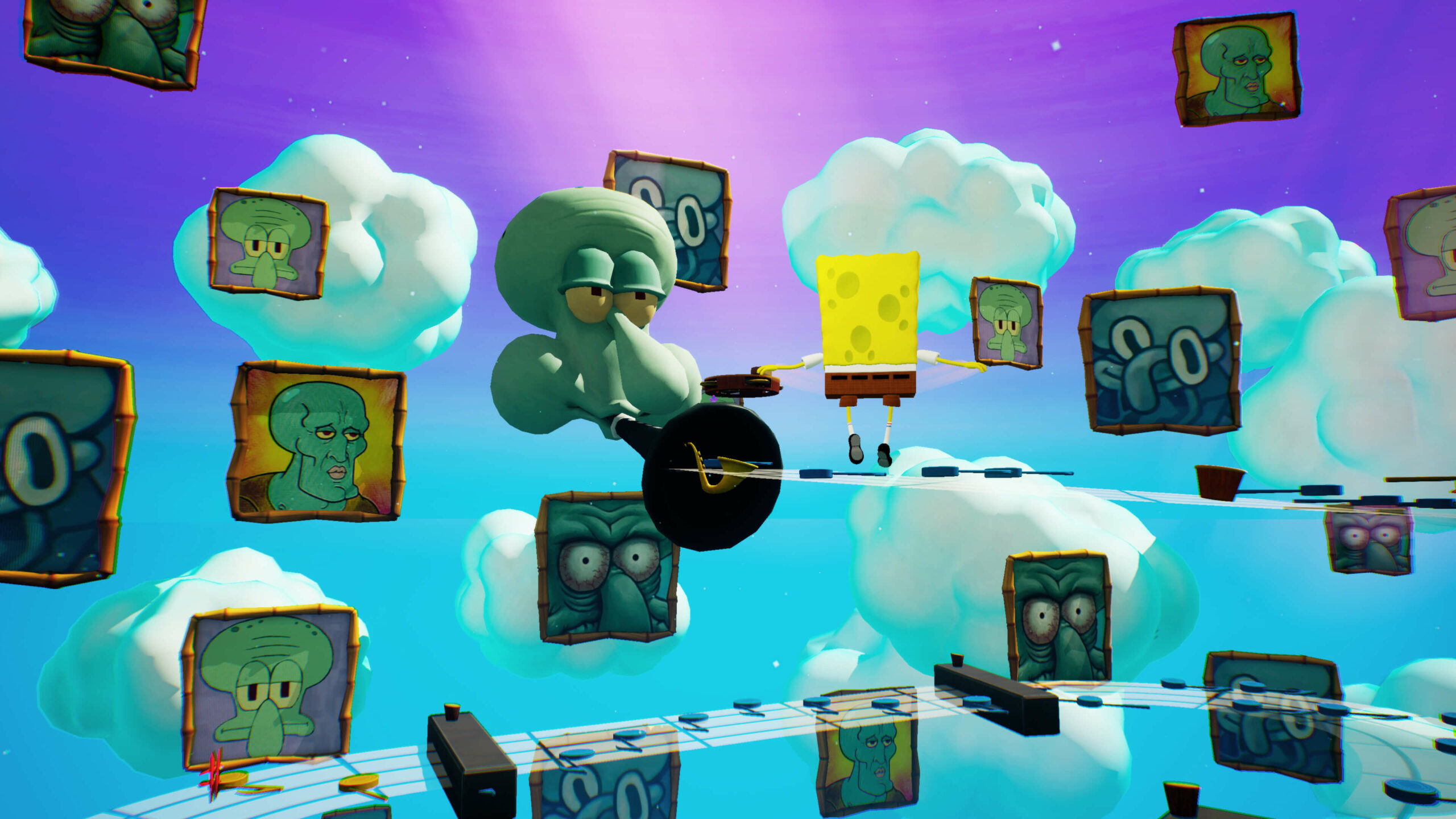

SpongeBob SquarePants Battle for Bikini Bottom Rehydrated is by no means a deep game. It's not even necessary playing. The game was intended for kids, and 18 years later, a new layer of paint and primer has not changed that.
Still, the game that would have been unfathomable on mobile devices five years ago. And as Qualcomm and Apple continue to advance mobile graphics technology, I wouldn't be surprised if phones become the Nintendo Switches of the future. Platforms where players can play on the go and just as easily plug into their televisions for a more traditional experiences.
The absurdity of SpongeBob being the catalyst for this realization is not lost upon me.

Imad is currently Senior Google and Internet Culture reporter for CNET, but until recently was News Editor at Tom's Guide. Hailing from Texas, Imad started his journalism career in 2013 and has amassed bylines with the New York Times, the Washington Post, ESPN, Wired and Men's Health Magazine, among others. Outside of work, you can find him sitting blankly in front of a Word document trying desperately to write the first pages of a new book.
